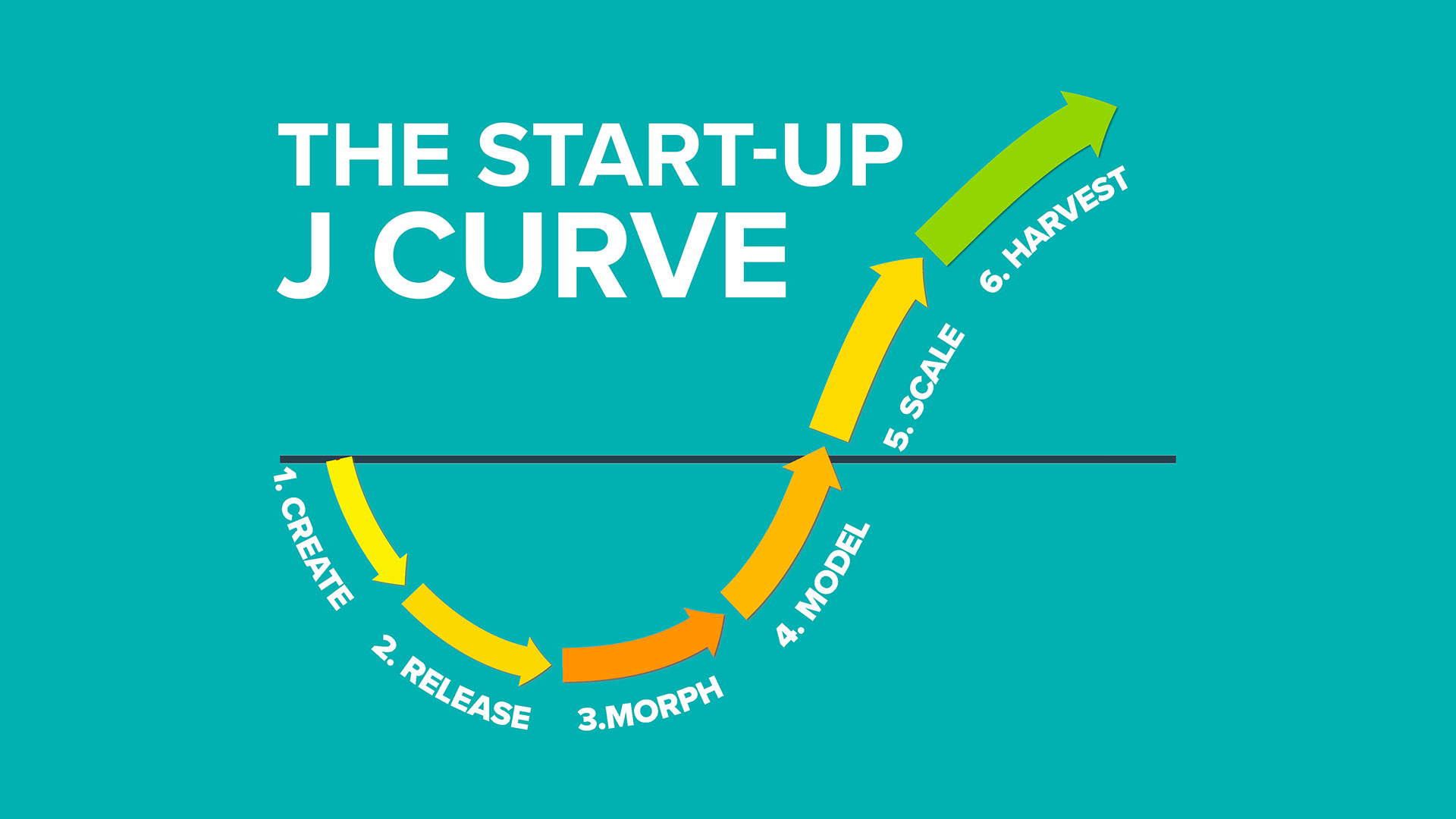Expansion Notes (SUP)
This article covers the topic of expansion for startups. Based on research and in-depth interviews with startup founders in the community during Q4 2023, this article aims to highlight and help other founders;
Navigate expansion-related challenges with insights from experienced founders
Learn from best practices and adapt to unique circumstances
Avoid common mistakes when expanding to new markets
It is by no means a complete guide or checklist for expansion as each founder and startup has unique factors to take into consideration but hopefully offer a brief but helpful foundation of reasoning that increases chances of success.
Contents
The notes cover four areas that require a founder's attention:
Strategy: When and how should a startup approach expansion?
Culture: Which cultural factors are of importance?
Legal & compliance: Which legal aspects should take priority?
Localisation: How should a startup localise their service or product?
Strategy
New market or segment
Expansion can be achieved in two ways. One is to target (a) new market(s), and the other is to target (a) new customer segment(s) in an existing market. However, a startup should be prepared before starting this endeavour.
Traction and mentality
Before considering expansion, a startup should meet some recommendations. There should be a strong foundation that consists of a solid product or service that appeals to the user or customer. Additionally, a startup needs a strong and aligned team with a resilient mentality. Lastly, the startup needs a proven product-market fit or strong signals of the same.
Timing
The next topic to consider is timing. To avoid expanding too early, or expanding too late and missing opportunities, a startup can make use of the start-up J curve. The curve has been visualised in many different ways but has always been a good reference and a helpful tool for startups to analyse their progress, and make timing-related decisions accordingly.

The start-up J curve pattern*
Segmentation
When in accordance with the previous steps, a startup is finally at the starting line. The first step in expansion is to choose the right target market. As mentioned above, this can either be a geographical market or a customer segment. To make an informed decision, research is necessary.
The targeted market should ideally check the following boxes:
Size: Is the target large enough to support major growth?
Customer needs: Is there a product appetite in the targeted market?
Risk: Is the target economically and politically stable?
Feasibility: Does the startup possess enough resources (financial and human) to be successful in the local competitive environment?
Culture
When startups venture into new territories and markets, cultural challenges often appear. Research revealed that these challenges heavily depend on the nature of the offered service or product. For example, a consumer fintech solution will face different issues compared to a business-facing marketplace.
Two major challenges are communication and local norms. These factors differ strongly depending on location, but are also paramount to building a brand. Dedicating resources to tailoring communication styles, understanding non-verbal cues, and recognising cultural norms will have a positive impact on engagement across diverse audiences.
Best practices include hiring local talent, embracing diverse teams, and learning from experienced individuals to navigate these cultural intricacies.
Legal & compliance
Legal priorities
First of all, there is intellectual property (IP). It is crucial to the success of a startup and its assets should be safeguarded as much as possible. Doing so offers many benefits and stronger competitive advantages. It prevents other parties from replicating, marketing or profiting from the startups' built-up resources and assets without repercussions.
It ensures a startup can reap the benefits of its hard work and nurture future business opportunities. Additionally, it is also a powerful tool in securing potential additional funding.
Different IP rights
There are many ways to protect IP, each with different advantages. Possible methods are (although some are more popular than others):
Copyright
Trademarks
Patents
Non-disclosure agreements
Employment and tax considerations
Moreover, legal compliance also encompasses employment practices and tax laws. Startups must look into this as they often operate in different markets. This is through clients, employees, suppliers, investors and more. As a result, they are required to navigate multiple jurisdictions. Failure to comply encompasses serious financial and legal repercussions.
As a startup, this should be avoided at all costs. Best practices include three solutions stated by the founders. Either establish a legal team, use a service to simplify the process, or outsource the process completely.
Localisation
To improve the success rate of expansion, localisation is a pivotal step. A startup has two main objectives to achieve this. The first is to adapt the product or service to better fit the customer's needs. The other objective is to improve the user experience to better align with local cultures. This can include offering multiple payment options, different languages and currencies, adapting visuals or even offering 24/7 support to signal credibility.
Final words
The journey of startup expansion is filled with challenges that demand meticulous planning, cultural sensitivity, and legal adherence. Startups looking to expand must prioritise establishing a foundation, understanding the intricacies of cultural contexts, and embracing localization strategies tailored to new markets. Successful expansion hinges on this thoughtful approach, ensuring a smoother path towards growth and global recognition.
If you're curious to learn more we highly recommend our workshop Expanding Globally or our notes about specific markets.
Best of luck with your expansion plans! 🚀
/SUP
* Source: J curve created by Howard Love: https://rickkettner.com/the-start-up-j-curve-book-summary/